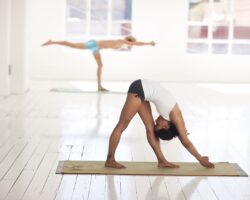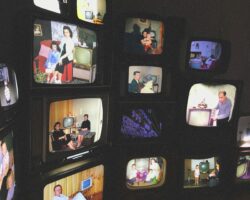Popular culture praises the so-called phenomenon of shopping therapy in every possible way. Shopping is thought to help manage stress and improve emotional well-being. But is this really so, or is it just a marketing ploy by cunning retail workers? We consulted with a professional psychologist and made several conclusions.
Surely you have seen in the movies the recognizable image of a girl with bags of famous brands who went shopping after being fired from work or breaking up with her boyfriend. This has convincingly convinced us that shopping can help manage stress. This is how the term “shopping therapy” was born. But does this have any real relationship to psychotherapy?
Clinical psychologist at the Mental Health Center Alexander Menton is sure that this is an exclusively narrow-minded and pop-cultural term: “Psychotherapy aims to solve a person’s problems, it has a long-term effect, while shopping can only be a short-term way of distracting from them.” Nevertheless, you should not write it off completely. According to Alexander, this method still takes place: when shopping, the so-called hormone of happiness, dopamine, can be released, the release of which for a short time really helps to forget about problems. And the point here is often not only and not so much in the fact of purchasing a certain product. In this case, our mood is influenced by the aesthetically pleasing interior of the store, communication with a polite consultant, or simply the fact of contact with beautiful things.
However, there is a downside to such a pleasant process. Alexander warns of cases where shopping abuse can become dangerous: “There is a great risk that shopping will turn into a form of compulsive behavior, when a person’s threshold for receiving positive emotions decreases and he wants to buy more and more. Then the shopping itself becomes a source of anxiety and stress. “
What can be done to avoid this and generally minimize the risks? First, you should not go shopping in a state of extreme stress and emotional devastation: there is a chance of making rash purchases. Secondly, it is worth establishing the frequency of “therapeutic” shopping, say, once a week or once a month. Thirdly, it makes sense to tie such shopping to some circumstances of your life, for example, to buy clothes for an interview or an upcoming date. Alexandra also advises to adhere to the so-called 48-hour rule: take a time-out before buying a thing in order to think carefully about everything and be able to consult with friends or family. Then you minimize the risk of acquiring useless things and drastic unnecessary spending. In general, in shopping, as in everything else, the correct setting of goals is important, only then it will not bring disappointment, but an extremely positive experience.






